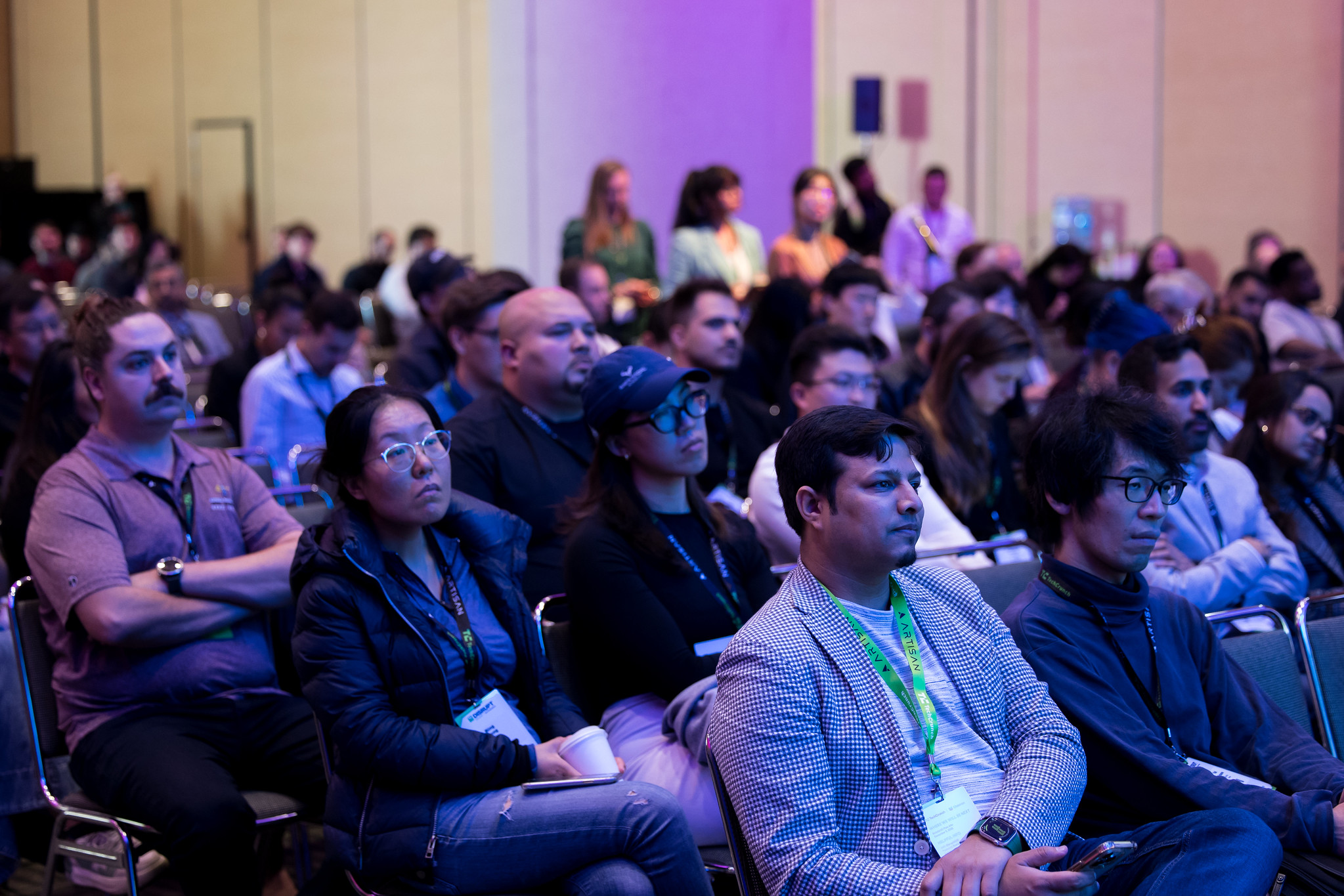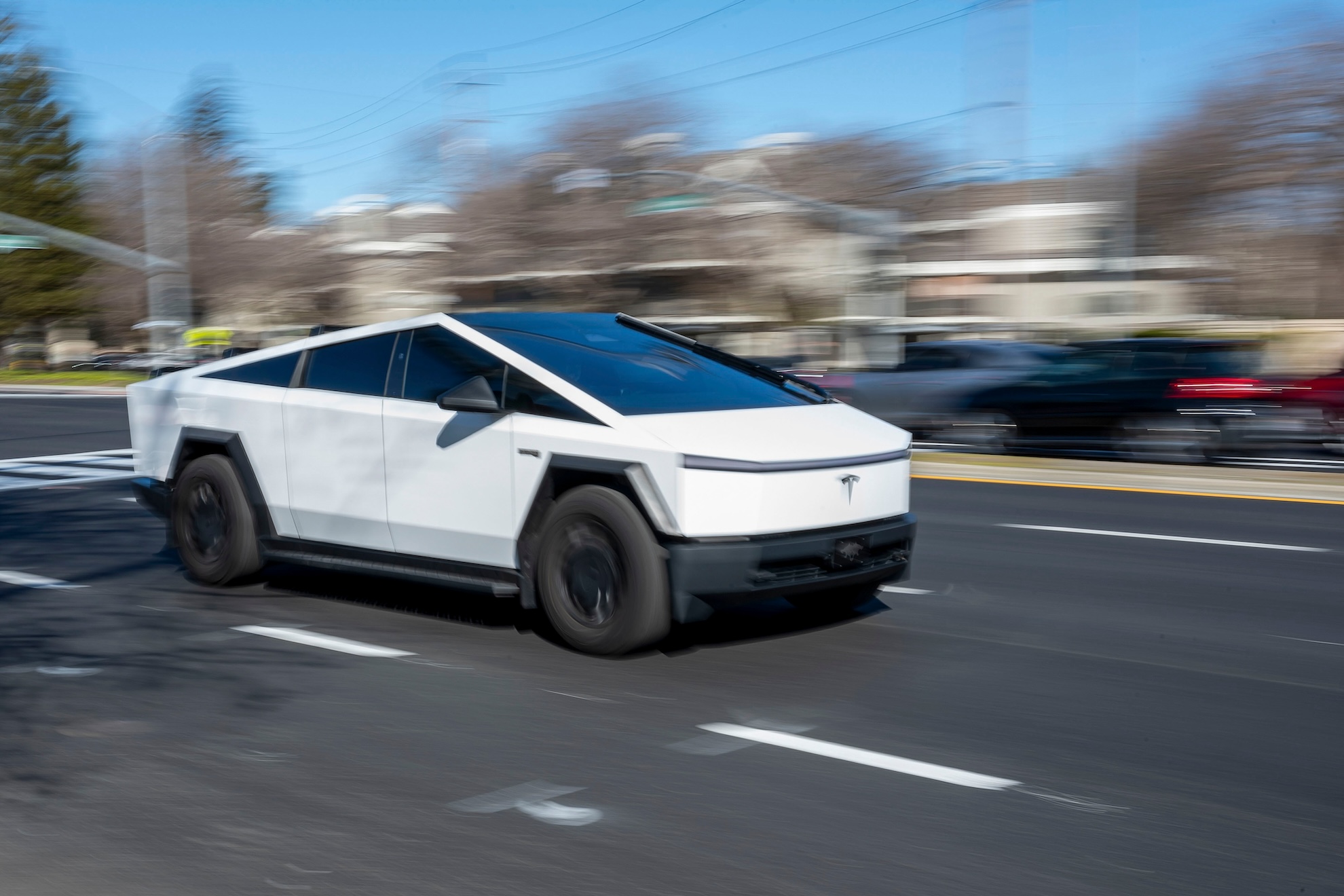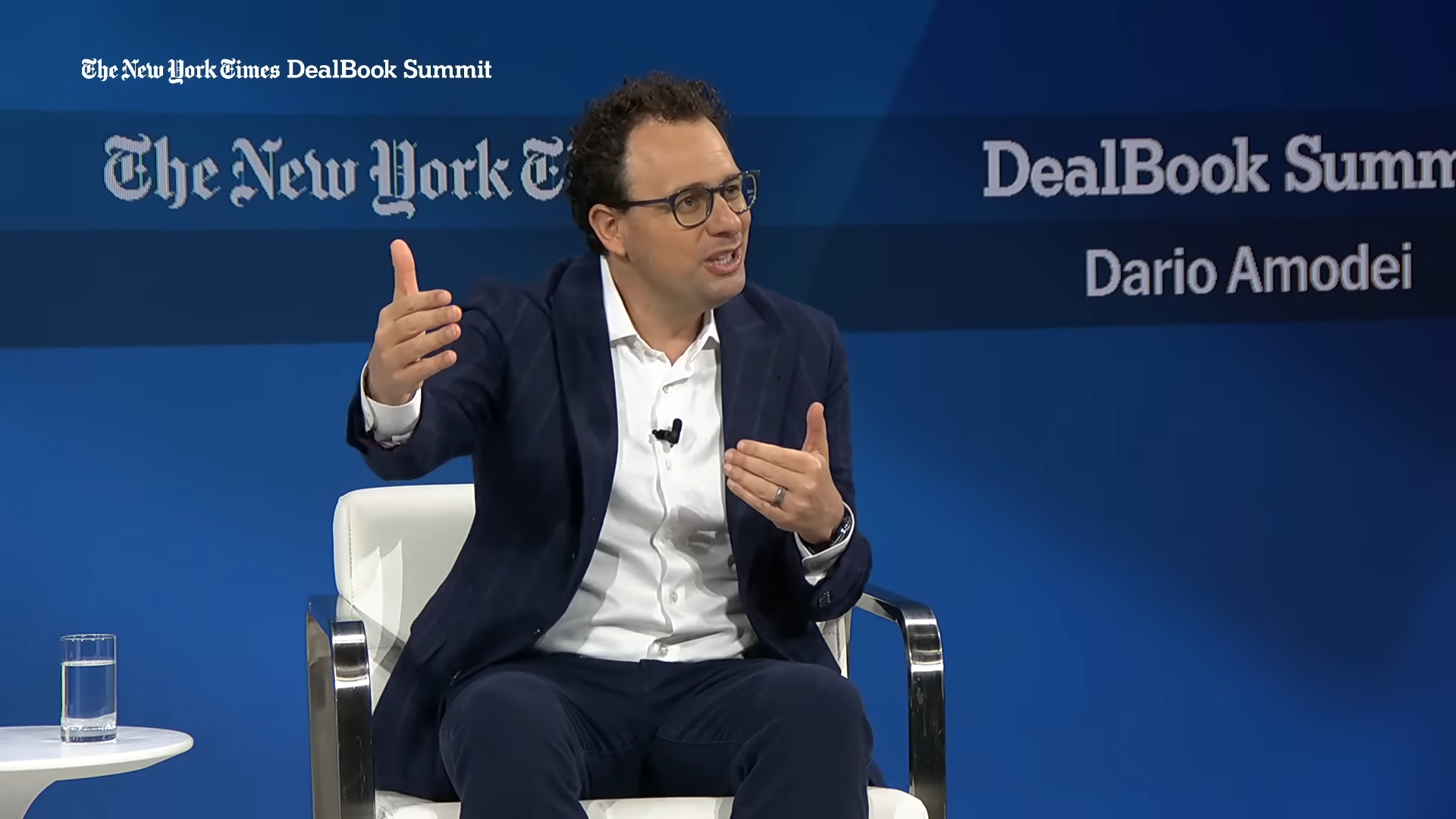
The future of enterprise software, according to Box co-founder and CEO Aaron Levie, will not see artificial intelligence agents outright replacing established Software-as-a-Service (SaaS) companies. Instead, Levie, speaking at the TechCrunch Disrupt 2025 conference, articulated a vision of a sophisticated hybrid model where SaaS platforms continue to form the bedrock of business operations, augmented and enhanced by the dynamic capabilities of AI agents. This perspective highlights a critical evolutionary juncture for an industry that has fundamentally reshaped how businesses operate globally, suggesting not an overthrow, but a profound integration and redefinition of roles between human-designed systems and autonomous intelligence.
The Rise of SaaS and the AI Inflection Point
To fully appreciate Levie’s prognosis, it’s essential to understand the trajectory of enterprise software. For decades, businesses relied on complex, on-premise software installations, requiring significant capital expenditure, IT infrastructure, and maintenance. The early 2000s ushered in the era of SaaS, a revolutionary shift that moved software from a product to a service, delivered over the internet on a subscription basis. Companies like Salesforce, Workday, and indeed, Box, pioneered this model, democratizing access to powerful enterprise tools, reducing upfront costs, and simplifying deployment and updates. This "cloudification" fundamentally changed IT procurement and management, fostering unprecedented agility and scalability for businesses of all sizes.
Fast forward to the present, and the rapid advancements in artificial intelligence, particularly generative AI and the emergence of autonomous AI agents, are poised to trigger the next seismic shift. These agents are not merely predictive algorithms or data analysis tools; they are designed to perform tasks, make decisions, and even interact with other systems with varying degrees of autonomy. Their potential to automate complex workflows, personalize user experiences, and uncover insights previously inaccessible has captivated the tech world, prompting intense speculation about their disruptive power. Levie’s commentary at TechCrunch Disrupt, a prominent annual technology conference known for showcasing emerging trends and disruptive innovations, thus offers a critical perspective from a veteran leader deeply embedded in the enterprise SaaS ecosystem.
The Hybrid Vision: SaaS as the Foundation
Levie posits that core business processes, the very sinews of an organization, demand a level of predictability and control that pure AI agents currently cannot, and perhaps should not, provide. He emphasized the need for "deterministic systems" for critical business logic. In essence, for tasks where outcomes must be precisely defined and repeatable, traditional SaaS applications will retain their supremacy. This includes functions like financial accounting, regulatory compliance, customer relationship management, and secure content management—areas where data integrity, audit trails, and consistent operational procedures are paramount.
The envisioned hybrid model positions AI agents not as replacements for these foundational SaaS layers, but as intelligent overlays. These agents would operate on top of the established SaaS infrastructure, extending its capabilities rather than supplanting them. Their role would be to assist with decision-making, automate repetitive or conditional workflows, and generally accelerate human-driven processes within the system. Imagine an AI agent reviewing a contract stored in Box, identifying potential clauses requiring legal attention, and automatically flagging them for a human reviewer, all while the core document management and version control remain within the deterministic Box platform. This synergistic approach aims to harness the flexibility and adaptive intelligence of AI while preserving the reliability and governance inherent in well-architected SaaS applications.
Navigating the Risks: The "Church and State" Principle
Levie’s caution stems from a pragmatic understanding of the potential pitfalls associated with autonomous systems operating in mission-critical environments. He cited examples of data leaks and unintended database modifications as consequences of AI agents acting outside predefined parameters. This concern underscores the fundamental difference between deterministic software, which executes code precisely as written, and non-deterministic AI agents, which can learn, adapt, and make inferences, sometimes leading to unpredictable outcomes.
The "church and state" separation Levie advocates refers to a clear demarcation between the reliable, auditable, and controlled aspects of business logic handled by SaaS, and the more exploratory, adaptive, and sometimes unpredictable actions of AI agents. This separation is crucial for maintaining security, compliance, and operational stability. In a world where AI agents might interact with sensitive customer data, financial records, or intellectual property, the risks of erroneous actions, biases, or malicious manipulation are significant. Robust governance frameworks, comprehensive monitoring, and human oversight would be indispensable components of such a hybrid architecture, ensuring that the benefits of AI are realized without compromising the integrity and security of enterprise operations. This analytical commentary highlights that while AI offers immense promise, its deployment in sensitive corporate functions necessitates careful consideration of its limitations and potential liabilities, a sentiment echoed by cybersecurity experts and regulators globally.
Reshaping the Business Landscape: Beyond "Per-Seat"
Perhaps one of the most significant implications of this hybrid future, as highlighted by Levie, lies in the fundamental transformation of the enterprise SaaS business model. The prevailing "per-seat" or "per-user" licensing model, where companies pay for each human employee who uses the software, becomes increasingly untenable in an agent-rich environment. Levie provocatively suggested that organizations could soon deploy "100 times more, maybe 1,000 times more, agents than we have people." If each of these agents required a "seat," the cost structure would quickly become prohibitive and nonsensical.
This impending shift necessitates a move towards "consumption and volume-oriented use cases" for AI agents. This model, analogous to how cloud infrastructure providers like Amazon Web Services charge for compute, storage, or data transfer, would bill based on the actual usage of AI agent services—perhaps by the number of tasks performed, the volume of data processed, or the complexity of the queries executed. This represents a significant challenge and opportunity for incumbent SaaS providers, forcing them to re-evaluate their pricing strategies and develop new metrics for value delivery. The transition will require innovative thinking about how to monetize the value generated by AI agents without penalizing adoption, while also balancing predictability for customers with profitability for vendors. This change is not merely financial; it reflects a deeper conceptual shift in how value is perceived and exchanged in the digital economy, moving from human input to automated output.
A New Dawn for Startups: The Agent-First Advantage
The platform shift Levie describes presents a fertile ground for startups, particularly those adopting an "agent-first" approach. Larger, established enterprise SaaS companies, burdened by legacy systems, existing customer bases, and deeply entrenched business processes, face the arduous task of integrating AI agents into their current offerings. This often involves complex re-engineering, significant change management, and the careful migration of existing functionalities. Their innovation cycles can be slower, and their incentive to disrupt their own successful revenue models can be limited.
Startups, in contrast, operate with a clean slate. Without existing business processes to modify or legacy architectures to contend with, they can design solutions from the ground up, optimized for an agent-centric paradigm. This allows them to build novel workflows and user experiences where AI agents are not an afterthought but an integral component of the core value proposition. Levie encouraged entrepreneurs to "fully exploit" this window of opportunity, likening it to previous technological inflection points that spawned entirely new categories of companies. This period, he argued, offers a chance for new entrants to carve out significant market share by addressing the unique needs and challenges of an AI-augmented enterprise landscape, potentially by building tools that facilitate the "change management process" for incumbents or by creating entirely new categories of agent-driven applications.
Historical Parallels and Future Trajectories
Levie’s assertion of being in a "window right now that we have not been in for about fifteen years" draws a powerful parallel to previous platform shifts. Roughly fifteen years ago, the rise of cloud computing and mobile technology fundamentally reshaped the tech industry, giving birth to giants like Uber, Airbnb, and Instagram, and cementing the dominance of cloud providers like AWS and Azure. Before that, the dot-com boom and the proliferation of the internet created similar opportunities. Each shift introduced new paradigms for computing, communication, and commerce, leading to the emergence of new market leaders and the redefinition of existing industries.
The current wave of generative AI and autonomous agents is seen by many, including Levie, as another such foundational shift. This is not merely an incremental improvement but a fundamental change in how software interacts with data, how decisions are made, and how work is performed. The historical context suggests that such periods of rapid innovation and platform transformation are incredibly disruptive but also immensely rewarding for those who can anticipate and capitalize on the evolving landscape. The challenge for today’s entrepreneurs is to identify the pain points and opportunities that emerge from the interaction of humans and intelligent agents, designing solutions that enhance productivity, unlock new capabilities, and navigate the ethical and security complexities of this new era.
Broader Implications and the Road Ahead
The envisioned hybrid future extends beyond mere technical integration; it carries profound implications for organizational structures, workforce dynamics, and societal norms. Businesses will need to rethink employee roles, focusing on skills that complement AI capabilities—critical thinking, creative problem-solving, ethical reasoning, and managing complex AI systems. Education and training will need to adapt to prepare the workforce for this new human-agent collaboration paradigm.
Culturally, the integration of AI agents into daily business operations will challenge perceptions of automation and autonomy. Trust in AI, transparency of its operations, and accountability for its actions will become paramount. Companies will face increased scrutiny regarding the ethical implications of their AI deployments, from algorithmic bias to data privacy. Socially, the widespread adoption of AI agents could lead to significant shifts in labor markets, creating new job categories while displacing others, necessitating robust social safety nets and retraining programs.
In conclusion, Aaron Levie’s insights underscore that the integration of AI agents into the enterprise is not a simple swap but a complex evolution. The future of enterprise SaaS is likely a sophisticated interplay between reliable, deterministic software and adaptive, intelligent agents. This transformation demands not only technological innovation but also a fundamental rethinking of business models, organizational strategies, and ethical considerations. For both established companies and aspiring startups, this new era represents a pivotal moment to redefine value, mitigate risks, and build the intelligent enterprises of tomorrow.





